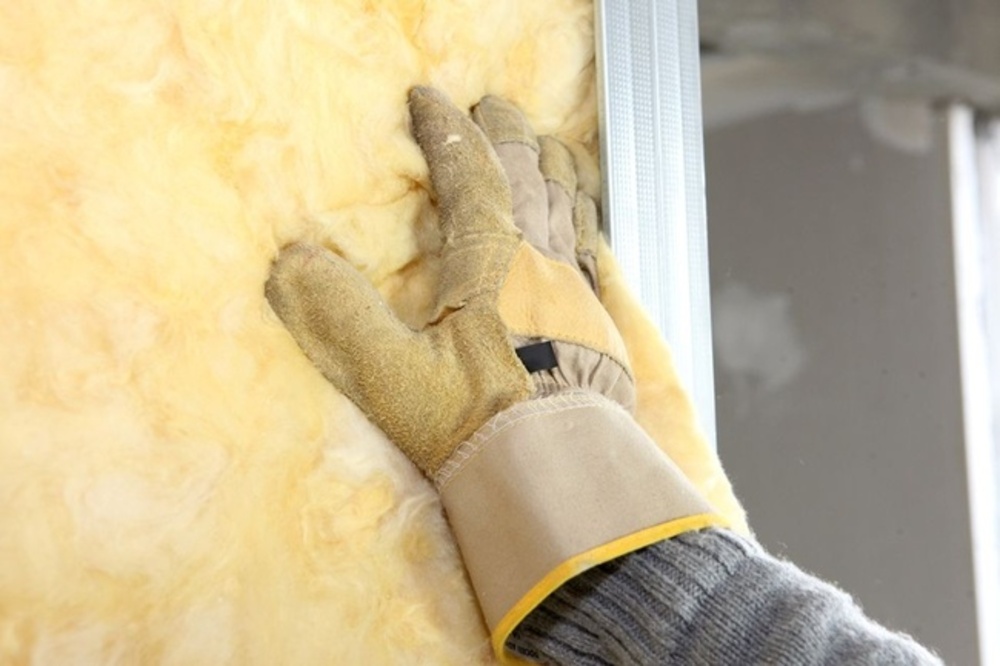6 Types of Insulation and Their Applications
Written by Artisan Contracting on January 22, 2024

When it comes to renovations, most homeowners don’t find insulation be a particularly exciting topic. After all, it isn’t as sexy as granite countertops, and it doesn’t stimulate the imagination the way scouring over paint samples and backsplash tiles might. Nevertheless, if you don’t want to live in a home with cold spots or come to dread the arrival of the heating bill, insulation cannot be ignored. There are many types of insulation, and the type that is right for your renovation will depend on two main factors:
- The area that is being insulated
- The recommended R-values for those areas.
Let’s take a look at some of the most common types of insulation.
BATT AND ROLL INSULATION
This familiar (often pink coloured) insulation comes in large blankets that are made primarily of fiberglass although other materials such as mineral wool, and other fibres also available.
Easy to install for do-it-yourselfers, batt and roll insulation is suitable for unfinished walls including those in the foundation as well as floors and ceilings.
FOAM BOARD INSULATION
Foam boards are a great way to improve a home’s energy efficiency without the thickness of typical batt and roll style insulation. These boards made from polystyrene, polyisocyanurate or polyurethane can be applied to unfinished walls, floors, ceilings and unvented low-sloped roofs.
INSULATING CONCRETE FORMS (ICF)
This form of insulation is literally built into the structure of the home. ICF systems are basically a series of interconnected foam blocks which create walls with a very high (approx. R-20) thermal resistance. Because it is part of the home’s structure, this type of insulation would not be used in a renovation with the possible exception of when an addition was being built.
LOOSE-FILL AND BLOWN-IN INSULATION
This type of insulation is ideal for adding to homes that are already fully finished as it can be placed without disturbing existing structures. Made from loose materials such as cellulose, fiberglass or mineral wool, it is blown or poured into place using special tools.
RIGID FIBERBOARD INSULATION
Made from fibreglass or mineral wool, this type of insulation is typically installed by HVAC contractors around heating ducts. It is specifically designed for areas in which the insulation must be able to withstand high temperatures.
SPRAY FOAM AND FOAMED-IN-PLACE INSULATION
This insulation starts out as a liquid and is sprayed into place by certified contractors using special equipment.
Foam insulation materials typically included cementitious, phenolic, polyisocyanurate and polyurethane. Unlike years ago, they no longer contain harmful CFCs or HCFCs.
While usually pricier than other types, this insulation has a higher R-value and can help to eliminate other tasks involved in winterizing a home – ultimately making the overall construction more cost-effective.
WORK WITH AN INSULATION EXPERT
Insulation is something homeowners rarely think about. It is hidden away inside walls and ceilings yet always doing the very important job of keeping a home warm in the winter and cool in the summer. When it comes time to renovate, however, it is important to remember it so that your home can be as comfortable as it is beautiful.
Talk to the folks at Artisan Contracting to learn more about which type of insulation is best for your project. We service the Hamilton, Burlington, and Oakville areas.
Article Updated, 2024.

